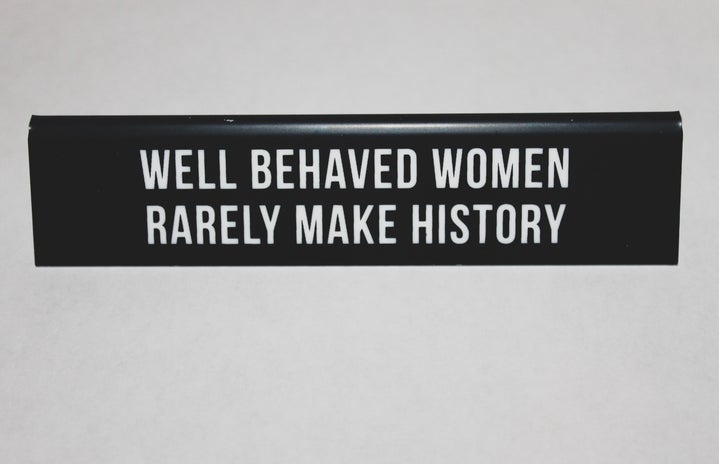Barbie is an iconic and impactful doll, and maybe one of the most controversial when it comes to body image. When you hear Barbie, what do you think of? Many visualize a blonde-haired, blue-eyed, pale, stick figure that you can either dress up or dress down. As a beloved toy for young people, Barbie has become a very sensitive and influential figure; so much so that one can only ask: what was the purpose of creating Barbie?
First, a little history. Barbie was first created in 1959 by Ruth Handler, co-founder of Barbie’s manufacturer, Mattel Inc. Barbie is based on a German comic strip character called Bild Lilli, who was, ironically, a rather sexual and promiscuous character at the time. Handler was inspired by the idea of the 3D doll, and eventually bought the rights to Lilli to create Barbie.
Image source: Flickr
From the moment that she was put on the market, Barbie was a bestseller. Women loved the idea of their daughters having a doll that deviated from the conventional gender roles of the 1950s. Barbie took on more identities and job titles than what was the custom for any woman at the time. When girls played with Barbie, they could be anything they wanted, a doctor, pilot, astronaut, and many more. It was just as Ruth Handler said: “My whole philosophy of Barbie was that, through the doll, the little girl could be anything she wanted to be. Barbie always represented the fact that a woman has choices.”
Of course, Barbie was seen as an inspiration to many young girls. Yet, there has always been controversy over Barbie’s body and the kind of message her body figure ultimately sends. From a glance, it’s clear that Barbie’s figure is completely unrealistic in its stature, and no matter how many job titles you can give Barbie, you cannot change her slenderness. Ultimately, as long as children are exposed to this model figure, it will stick with them, and unless they are told otherwise, they will likely develop an attraction to Barbie’s style.
Image source: Flickr
Many make the argument that Barbie was made this way so that she would be easy to dress and undress, as having a small waist meant the clothes would be able to sit snuggly on her hips. Unfortunately, it is hard to accept that as sound reasoning, especially when the growth and development of body image mentalities are at stake. A Barbie doll come to life would look alien compared to most humans; she would have too long of a neck, too small of a waist, feet with no toes, and a tiny head. Of course, when kids play with Barbie dolls, they don’t think about this. And it’s true, these features might be ideal for dolls that are meant to be dressed up: the long neck accommodating collars, the missing toes simply making for less work in the design and development process and shoe designs, but overall it’s misleading. In the society we live in today, this reasoning is not acceptable when it comes to body image. It’s hard for people to see that the doll itself is meant to foster mental confidence in children when she looks just like us, some may even say better than us. This is why the new development of curvy Barbie dolls is very important.
Barbie has grown to incredible heights. We may not be able to praise these new curvy Barbies for taking so long to emerge, and the fact that they look as Barbie should’ve looked from the start, but what we can praise is the progress. Between the conflict and controversy surrounding Barbie and the body image she presents, Barbie has come a long way. Not only are there many more dolls of color being sold, but now the company has somewhat recognized the negative message Barbie’s body image sends to children (despite her main purpose). If Barbie’s goal was to inspire children to be whatever they want to be, she certainly has accomplished something. There is always room for progress, let’s hope Barbie never forgets that.
Image source: Flickr
Barbie’s even got her own feature! Check out a new Netflix original that goes into more detail on Barbie’s journey, The Toys That Made Us.
Cover image source: Flickr



